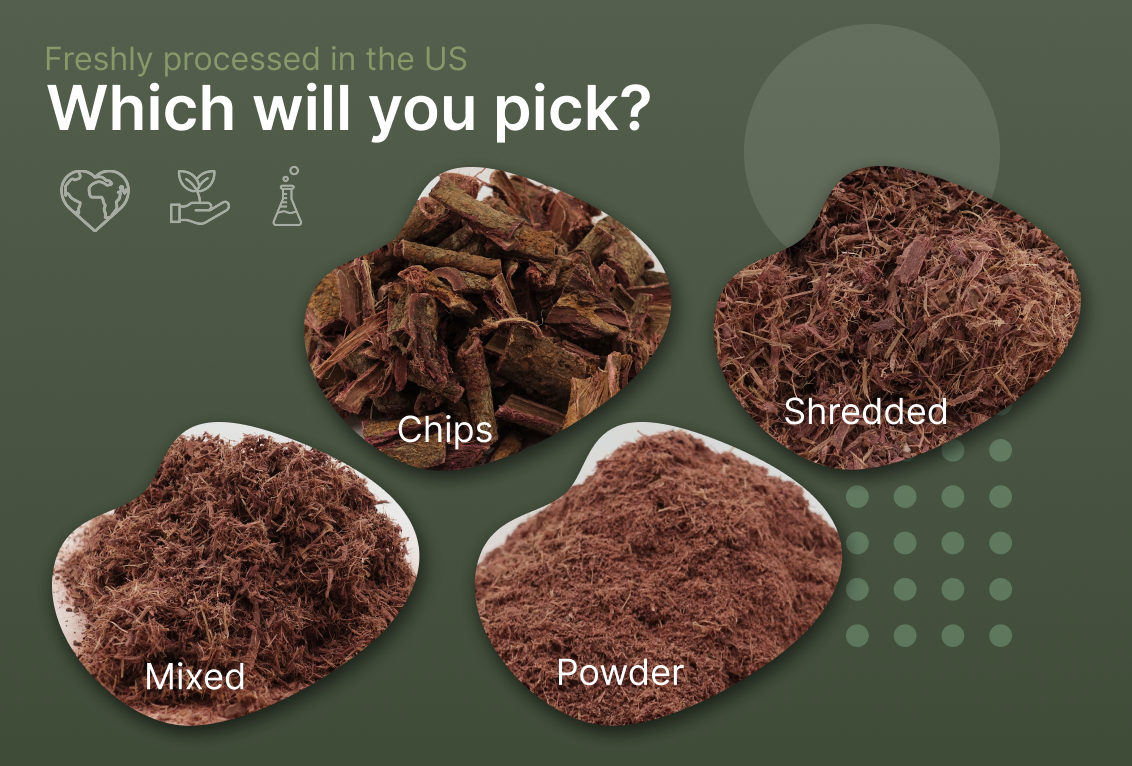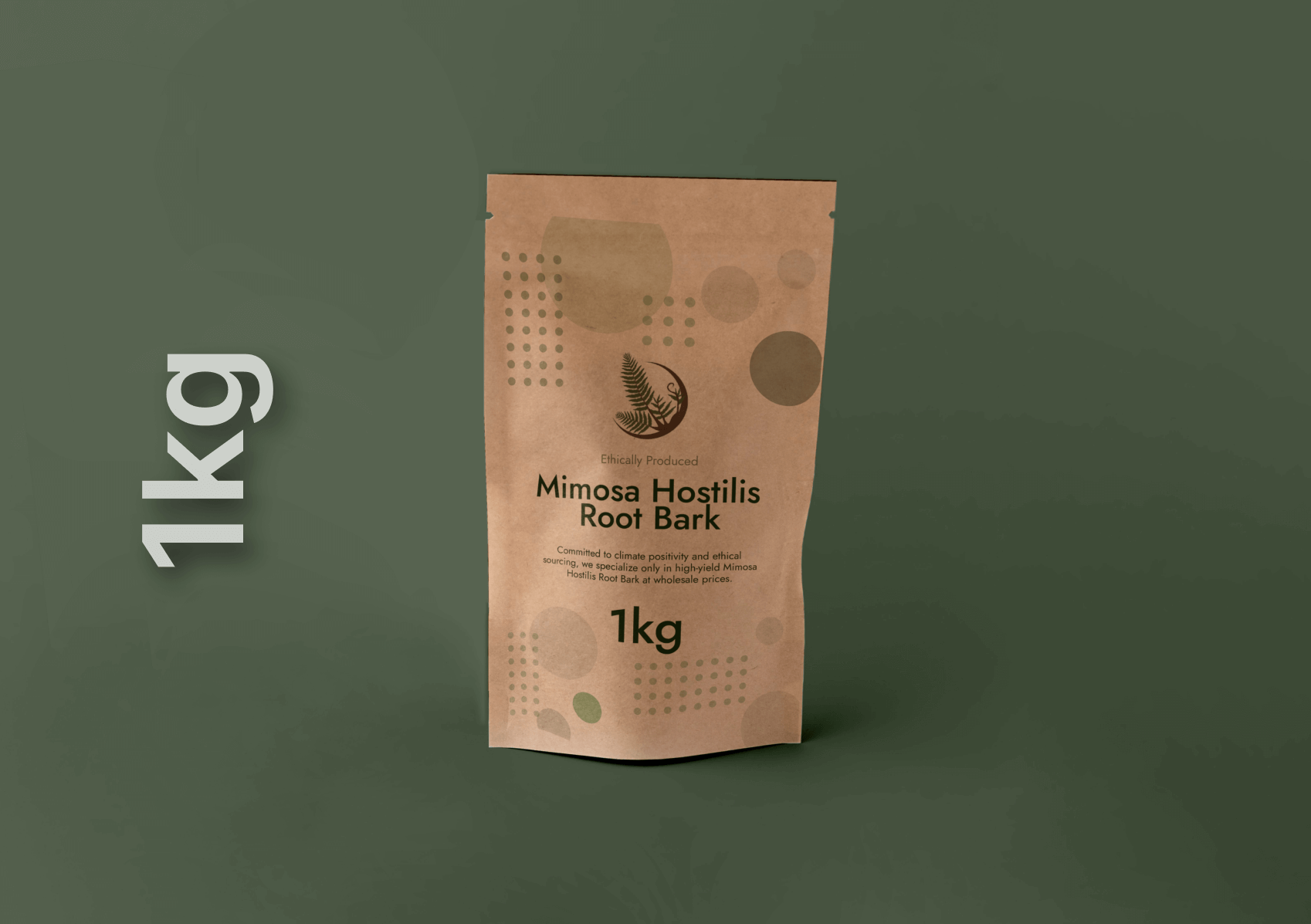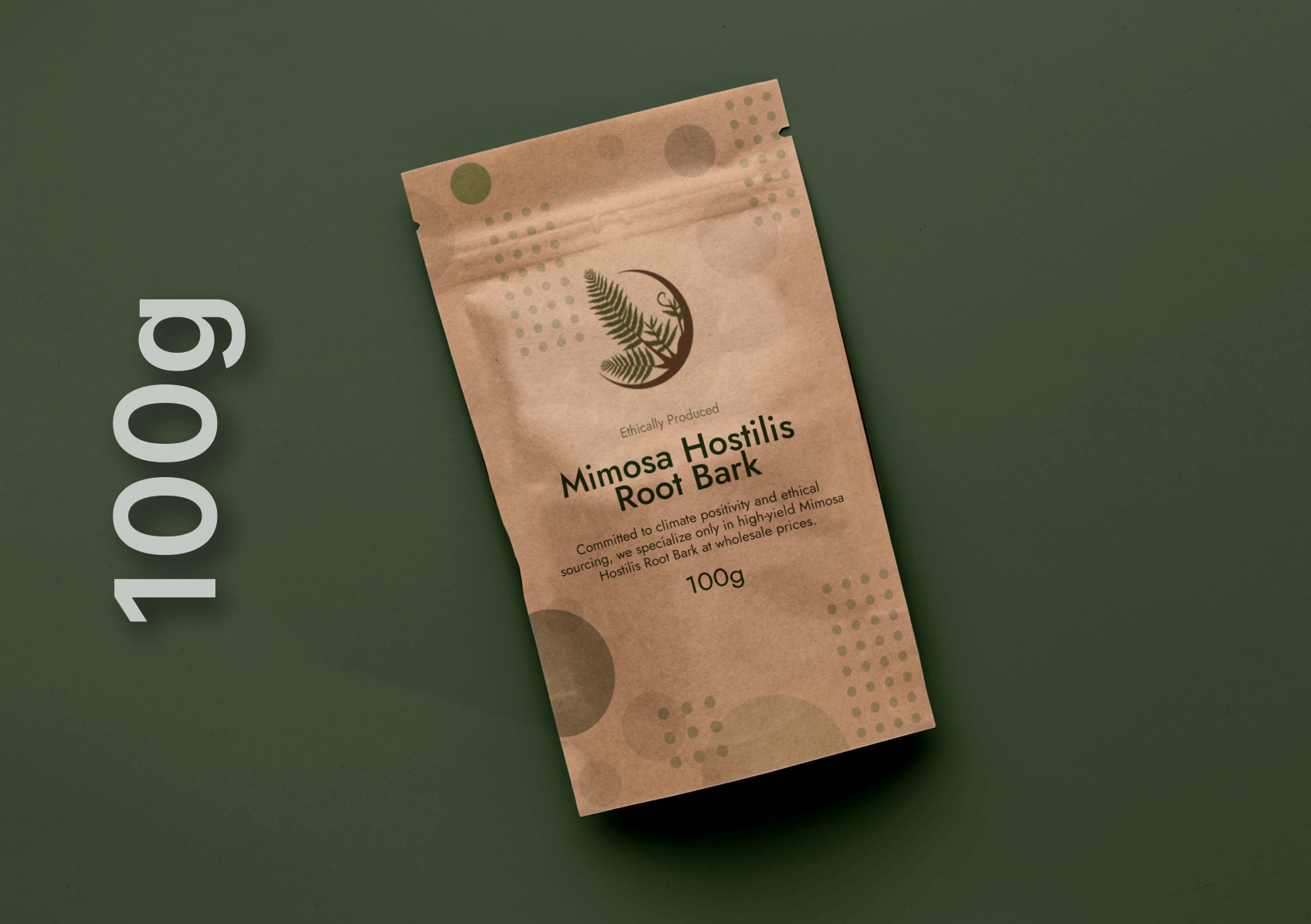In the ever-evolving world of natural beauty, Mimosa Hostilis, also known as Jurema or Tepezcohuite, has emerged as a powerful ingredient in hair care formulations. Its rich concentration of beneficial compounds offers promising results for a wide range of hair types. This guide for cosmetic chemists explores the science behind Mimosa Hostilis, its benefits in hair care, and how to effectively incorporate it into product formulations.
Why Mimosa Hostilis Is Gaining Popularity in Hair Care
Mimosa Hostilis root bark (MHRB) has long been valued in traditional medicine for its regenerative properties, particularly for skin and hair health. Its bioactive compounds, including tannins, flavonoids, alkaloids, and a range of essential nutrients, make it an excellent addition to natural hair care formulations. These compounds work together to strengthen hair follicles, improve scalp health, and provide a natural shine to hair without the use of harsh chemicals.
With growing consumer demand for natural and effective hair care solutions, Mimosa Hostilis offers a sustainable and plant-based alternative that aligns with eco-friendly beauty trends.
Key Benefits of Mimosa Hostilis for Hair
1. Strengthening Hair Follicles
Mimosa Hostilis is rich in tannins, which are natural astringents that tighten and fortify hair follicles. This helps reduce hair breakage and promotes stronger, healthier strands over time. Regular use of Mimosa Hostilis in hair care products can contribute to denser and more resilient hair.
2. Promoting Scalp Health
A healthy scalp is the foundation for healthy hair growth. Mimosa Hostilis contains antibacterial and anti-inflammatory compounds that help soothe the scalp, reduce dandruff, and alleviate conditions like seborrheic dermatitis. This makes it a valuable ingredient in shampoos and scalp treatments aimed at maintaining a balanced and healthy scalp environment.
3. Encouraging Hair Growth
The nutrients in Mimosa Hostilis, such as calcium, magnesium, and flavonoids, stimulate blood circulation in the scalp. Improved circulation ensures that hair follicles receive adequate nutrients and oxygen, which encourages stronger and faster hair growth.
4. Restoring Shine and Vitality
Mimosa Hostilis is packed with antioxidants that protect hair from environmental stressors such as pollution and UV damage. These antioxidants help restore shine and vitality to dull, damaged hair, making it a great addition to conditioners and leave-in treatments.
5. Hydrating and Nourishing Hair
The hydrating properties of Mimosa Hostilis make it an ideal ingredient for products targeting dry or damaged hair. Its ability to lock in moisture helps improve hair elasticity, preventing breakage and split ends. Formulas incorporating Mimosa Hostilis can provide deep hydration without leaving hair greasy or weighed down.
How Cosmetic Chemists Can Incorporate Mimosa Hostilis into Hair Care Products
As a cosmetic chemist, incorporating Mimosa Hostilis into your hair care formulations can set your products apart in the natural beauty market. Here are several ways to effectively use this versatile ingredient:
1. Shampoos and Cleansers
Mimosa Hostilis can be used in shampoos to provide a gentle yet effective cleansing experience. Its antimicrobial properties help remove dirt and excess oil from the scalp while maintaining its natural balance. The tannins in Mimosa Hostilis can also help strengthen hair from the roots, reducing hair fall caused by breakage.
2. Conditioners and Hair Masks
For conditioning treatments, Mimosa Hostilis provides hydration and repair. When incorporated into hair masks, it works to nourish the hair shaft, smooth frizz, and restore softness and shine. Pairing Mimosa Hostilis with other natural ingredients such as shea butter, aloe vera, or coconut oil can enhance its moisturizing effects.
3. Scalp Treatments and Serums
Formulations that focus on scalp health can benefit greatly from Mimosa Hostilis. Its anti-inflammatory and soothing properties make it perfect for leave-in treatments that target dandruff, irritation, and itchiness. Using Mimosa Hostilis in scalp serums can help promote a calm, healthy environment for hair growth.
4. Leave-in Products
For consumers who prefer lightweight, leave-in products, Mimosa Hostilis can be included in serums or detangling sprays. It provides a protective layer that shields hair from environmental damage while delivering antioxidants and nutrients that keep hair looking vibrant and healthy.
Best Practices for Formulating with Mimosa Hostilis
When formulating hair care products with Mimosa Hostilis, it’s essential to ensure the quality and sustainability of the ingredient. Here are some key considerations:
• Source Quality Ingredients
Always source Mimosa Hostilis from reputable suppliers who ensure ethical and sustainable harvesting. High-quality MHRB should be free of contaminants and processed using natural methods to preserve its bioactive compounds.
• Preserve Potency
Mimosa Hostilis is most effective when used in its natural powdered form or as an extract. To preserve its potency, store it in airtight containers away from light and moisture. When formulating, ensure that the pH levels of the product are compatible with the natural properties of Mimosa Hostilis.
• Formulation Testing
As with any natural ingredient, testing is crucial. Conduct thorough stability tests to ensure that Mimosa Hostilis integrates well with other ingredients in the formula. Test for any potential interactions that could affect the product’s effectiveness or shelf life.
Maximizing the Potential of Mimosa Hostilis in Hair Care
Mimosa Hostilis is an extraordinary ingredient that aligns with the growing consumer demand for natural and effective hair care solutions. Its ability to nourish, strengthen, and revitalize hair makes it a must-have for cosmetic chemists looking to create innovative and eco-friendly hair care products.
By incorporating Mimosa Hostilis into your formulations, you can deliver products that not only meet the needs of health-conscious consumers but also support sustainable beauty practices. Whether used in shampoos, conditioners, or scalp treatments, Mimosa Hostilis is a powerful ingredient that has the potential to transform hair care routines around the world.




